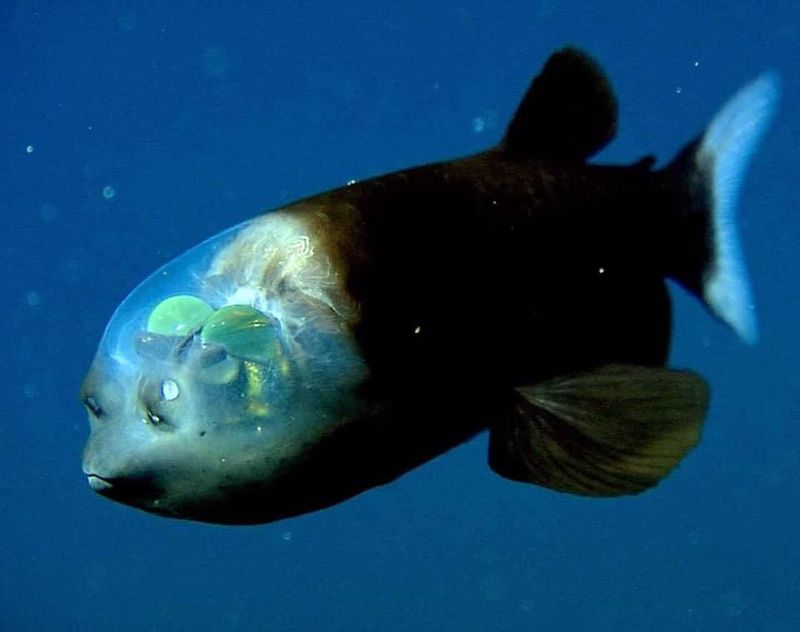Unraveling the Mystery of Hydrostatic Pressure's Devastating Implosions

What comes to mind when you think of pressure? Perhaps you picture an overflowing inbox or a stressful work environment. Pressure conjures images of being stuck in a crowded subway car during rush hour. But have you stopped to consider the immense power that hydrostatic pressure holds? This natural force is not to be underestimated. With the ability to crush objects and alter their properties, this force is not to be underestimated. In this blog post, we'll explore the effects of hydrostatic pressure on objects.
First, let's define hydrostatic pressure. This pressure is exerted by a fluid at rest and increases with depth. Think about diving to the bottom of a deep pool - you may have felt the pressure on your ears and lungs expand as you descended. This same principle applies to objects submerged in fluids. When an object is placed in a fluid, the fluid exerts pressure on all sides of the object, including from below. As the depth increases, so does the pressure.

One of the most well-known effects of hydrostatic pressure is in deep-sea diving. As divers descend to greater depths, the pressure on their bodies increases. This can cause a range of physiological effects, including nitrogen narcosis and decompression sickness. But what about the impact on objects? At extreme depths, almost anything can be crushed by the pressure of the water. Think about a soda can - at the surface, you can easily crush it with your hand. Now, imagine that same soda can at a depth of 1000 meters. The hydrostatic pressure would be over 100 times greater than at the surface, quickly crushing the can.
 (Ocean Gate submersible lost to implosion - Credit CTV News)
(Ocean Gate submersible lost to implosion - Credit CTV News)
Another effect of hydrostatic pressure is its ability to alter the properties of objects. For example, concrete structures that have been submerged in water for prolonged periods can experience a phenomenon called spalling. This is when pieces of concrete start to break away due to the pressure of the water. The same principle applies to shipwrecks, which can often be found in various states of decay due to hydrostatic pressure.
The impact of hydrostatic pressure extends beyond physical objects. This force can also affect the creatures. Deep-sea fish, for example, are adapted to the extreme pressures of the ocean depths. Studies have shown that their bodies contain proteins, and their behavior is structured differently than that of fish in shallower waters. This adaptation allows them to survive in environments lethal to other fish.
 (Barreleye Fish lives in depths of 2200 feet)
(Barreleye Fish lives in depths of 2200 feet)
Of course, hydrostatic pressure isn't always an opposing force. It can be harnessed to perform valuable tasks. Hydraulic systems use fluids to transmit force and rely on hydrostatic pressure to function. This technology is used in everything from heavy machinery to car braking systems. By leveraging the power of hydrostatic pressure, we can perform feats that would otherwise be impossible.
Conclusion:
The next time you're near a body of water, consider the immense power of hydrostatic pressure. This often-overlooked force can crush objects, alter their properties, and even impact the evolution of living creatures. As we continue to explore the ocean's depths and beyond, a deeper understanding of hydrostatic pressure will be crucial in keeping us safe and unlocking discoveries.










